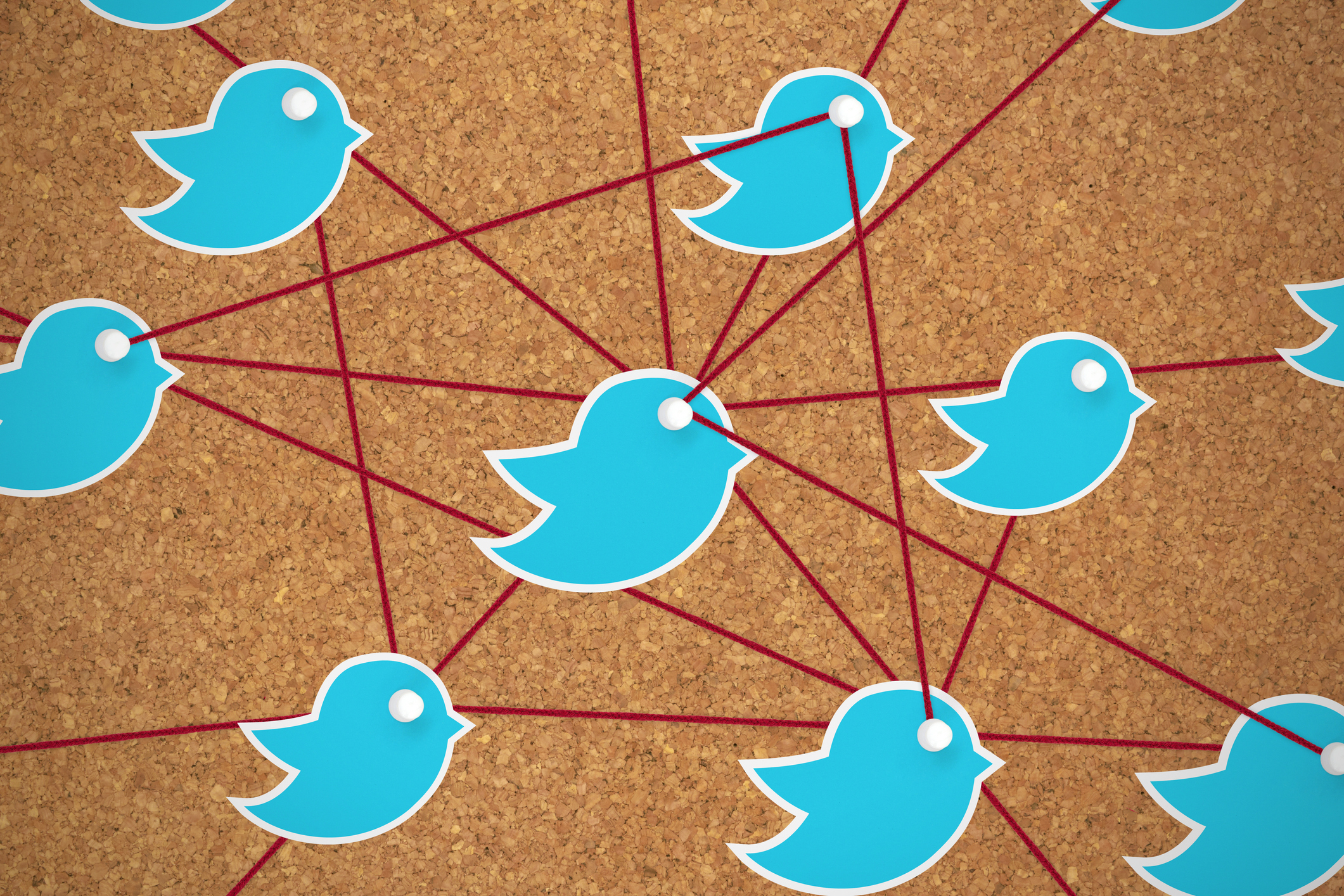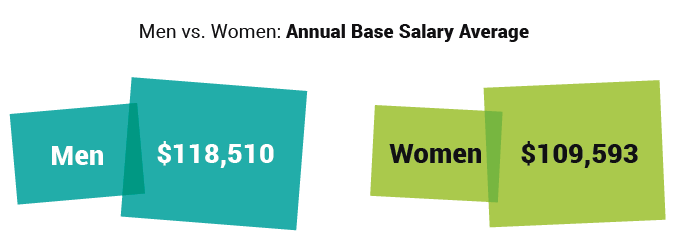Twitter’s ambiguous answers to employee questions, Boeing shares financial updates with its workforce, and more
Get helpful tips for communicating uncertainty after an acquisition, along with our weekly roundup of inspiring stories.

Hi there, comms connoisseurs.
Let’s explore some notable stories from April 25-28, 2022 — and extract a few useful messaging takeaways along the way:
1. What Musk’s Twitter acquisition says about employee comms
As rumors of Elon Musk’s imminent $44 billion Twitter purchase began to dominate the week’s news cycle on Monday, Twitter executives kept employees in the dark about what the acquisition would mean for them with ambiguous answers and conflicting messages.
In an earlier attempt to quell financial worries, Sean Edgett, Twitter’s general counsel, told employees that any potential buyer would most likely be required to keep employee equity “as is” or provide equivalent compensation, like a cash award.
Mr. Edgett, who made his comments before the deal with Mr. Musk was announced, stressed that employees should not view his guidance as insight into the deal-making. “This is meant to provide some peace of mind and explain how these things typically work, not because we believe there will be one outcome versus another,” he wrote in messages to employees reviewed by The Times.
After the deal was official, Twitter CEO Parag Agrawal tried to reassure employees:
Agrawal tried to calm his work force. In the question-and-answer session on Monday, he urged employees to “operate Twitter as we always have,” adding that “how we run the company, the decisions we make, and the positive changes we drive — that will be on us, and under our control.”
Communicators understand that the effectiveness of any internal message will largely depend on its messenger, including their relationship with employees and whether their style of communication is suited for the specific message itself. Twitter leadership likely thought that tasking its general counsel, Sean Edgett, with messaging employees about their financial concerns was a good idea. The inconsistency between Edgett’s lack of concrete guidance and Agrawal’s assurance suggests it was not.
In such rapidly moving situations, it’s better to acknowledge what you don’t know, commit to consistent communication, and promise to provide more clarity as soon as you can.
Audio from Monday’s employee listening session was eventually leaked by far-right activist group Project Veritas, which deceptively framed Twitter CMO Leslie Berland’s reading of employee questions during a global all-hands meeting as her own frustrations with Musk.
Berland put the audio clip in context:
Transparency and openness is core to who we are and I’m going to continue to give a platform for questions and feedback from employees. That is all, getting back to work ✌️
— Leslie Berland (@leslieberland) April 27, 2022
Berland’s explanation reminds communicators that transparency must flow both ways when your organization is in the spotlight. When the stakes are this high, a consistent message assures that you keep control of the narrative and prevent it from being twisted by someone with ideological or partisan goals.
2. How comms salaries divide along gender lines, according to Ragan’s Salary Survey
In Ragan’s 2022 Salary & Workplace Culture Survey, respondents from organizations large and small told us that, though women make up most of the communications industry, they are still getting paid less.
The Ragan survey shows that women’s average overall annual compensation ($109,593) falls short of men’s ($118,510). Men also reported higher bonuses at an average of $10,697—nearly $2,700 higher than bonuses handed out to women.
Female managers and other higher earners ($80,000+) also earned less than their male counterparts, averaging $90,924 versus $99,364 for males. The gap has widened since Ragan’s 2020’s survey, when women’s salaries averaged $94,200, versus $99,000 for men.

Click here for your free download of the full findings from Ragan’s Salary & Workplace Culture Survey: 2022 Edition.
3. Boeing explains financial losses to employees and analysts
Aircraft manufacturer Boeing reported lower quarterly revenue than expected as it announced a pause on the production of its 777x plane following production problems and delays in certification. In a note to employees, CEO David Calhoun positioned the losses in an optimistic light.
“Through our first-quarter results, you’ll see we still have more work to do; but I remain encouraged with our trajectory, and we are on track to generate positive cash flow for 2022,” Boeing CEO David Calhoun said in a note to employees Wednesday. “We are a long-cycle business, and the success of our efforts will be measured over years and decades; not quarters.”
Calhoun carried over this optimism during an analyst call as he explained the company’s tweaked plans to certify its Dreamliner aircraft for deliveries to customers like American Airlines.
He also explained how the company incurred charges, including a $212 million pretax associated with the war in Ukraine and higher costs for agreeing to build two new Air Force One planes with former President Donald Trump:
“Air Force One, I’m just going to call a very unique moment, a very unique negotiation, a very unique set of risks that Boeing probably shouldn’t have taken,” Calhoun said during the analyst call Wednesday. “But we are where we are, and we’re going to deliver great airplanes. And we’re going to recognize the costs associated with it.”
Calhoun’s attempt to frame Boeing’s losses to his workforce in a positive light serves the multiple purposes of calming internal concerns about financial health, motivating employees to work harder and educating them on how the company considers its long-tail financial strategy.
His words to analysts, meanwhile, act as a mea culpa for making the Air Force one deal with Trump while also acknowledging that there will be some high costs associated with getting Boeing on the path back to profitability. This demonstrates how a consistent message (in this case, the idea that financial stability is not a game Boeing plans to win from quarter to quarter) can be customized to address the distinct concerns of various internal audiences.
4. This is what employees are looking for in their next job
A recent Gallup study asked 13,085 U.S. employees what was most important to them when considering a job offer.
Unsurprisingly, a significant increase in income or benefits topped the list, with 64% of respondents saying it was a critical factor when accepting a new gig and 41% calling it very important.
Work-life balance and well-being were also high on the list, with 61% of respondents saying it was something they considered very important before taking a new job. Gallup says that this stat has drastically increased, up from 53% in 2015.
Over half (58%) of respondents also said that the ability to do what they do best was very important to their consideration of a new role.
“Workers who aren’t allowed to use their strengths very often seek jobs where they can,” writes Gallup’s Ben Wigert. “(W)orkers who do get to use their strengths seek out jobs where they get to use them even more.”
These numbers make the case that comms should work with recruiters to craft job postings that double as employer branding messages and emphasize the strengths that will set candidates up for success in the role. Beyond an explanation of what the role requires, the job description can include information about a daily routine, context on who coworkers will be and perspective on how the team fits into the larger function of the organization.
5. How about some good news?
This week, let’s draw inspiration from:
- Guinness Worlds Records certifying the world’s oldest dog as a 21-year-old chihuahua named TobyKeith (sp).
- A new hydrogen fuel cell for green vehicles that uses less expensive iron instead of costly platinum.
- A new, environmentally-friendly coating for airline runways that prevents icing without producing toxic runoff.
- Ragan Training, which is an incredible resource for communication inspiration and education. You also deserve an award. Get your due here!
Take good care of yourselves, comms champions, and keep up the good work.







